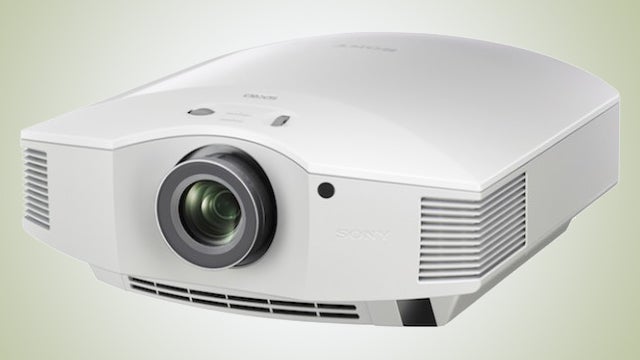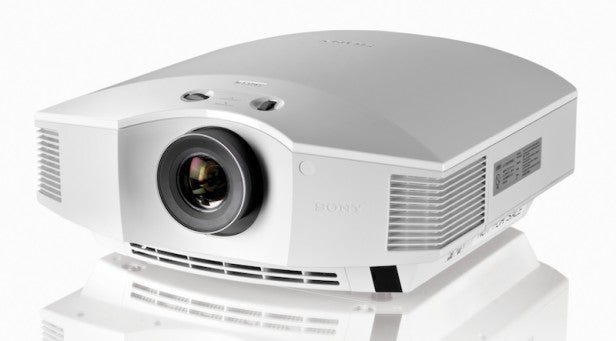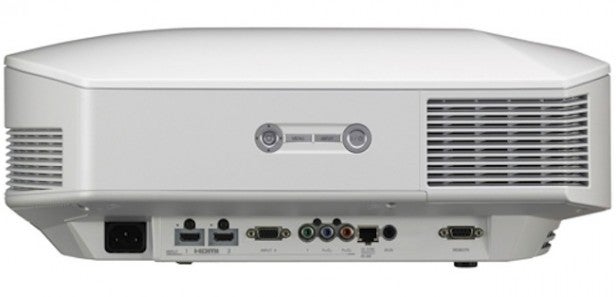Sony VPL-HW40ES Review - Picture Quality Review
Picture Quality
Sony's cheapest 2014 projector still delivers the goods

Sections
- Page 1 Sony VPL-HW40ES Review
- Page 2 Picture Quality Review
- Page 3 3D and Conclusions Review
The HW40ES continues Sony’s strong run of projector form this year despite its relative affordability. Particularly impressive is the way its pictures are sharp enough to effortlessly bring forth the maximum impact from high quality Blu-rays. Softness and noise are not an issue so long as you tame the resolution part of the Reality Creation system and set the lamp to its low output mode, and the amount of detail on show stands as testament to both the quality of the latest generation of SXRD chips Sony has developed and the HW40ES’s lens system.
What’s more, the HW40ES’s deft touch with fine detail even extends to dark scenes, as the projector resolves much more of the subtle greyscale and shadow detailing information dark scenes need to look believable than we’d expect to see on a sub-£2k projector.

Also hugely impressive for its price point is the HW40ES’s colour response. Tones across the board achieve that tricky balance between dynamic intensity and believability, with no tones looking over-dominant, and no tendency towards general over-saturation – so long, at any rate, as you don’t try and use one of the projector’s most aggressive picture presets or the higher power echelons of the Reality Creation processing options.
The HW40ES’s colour strengths also form part of its excellent detail response, for the projector is able to resolve subtle colour changes and blends that often tend to be lost by affordable projectors.
Another excellent string to the HW40ES’s bow is its motion handling. We already noted in the feature section that its motion processing systems are cleverer than most, but actually the HW40ES is very good at leaving motion looking free of unnecessary judder even without any processing in play.
Studying colours in dark scenes yields rewards too. The HW40ES manages to hold on to a surprising amount of brightness when showing dark scenes for a projector that relies on a dynamic contrast system (which closes and opens an iris to vary the amount of light the being allowed through the lens) to deliver its widest contrast range. And this fact means it’s also able to deliver more natural, punchy colours in dark scenes than you usually get at the affordable end of the projector market. 
There is really only one flaw in the HW40ES’s picture makeup: its black level response is only fair to good rather than excellent like almost everything else. This means there’s always a bit of greyness hanging over very dark scenes no matter what picture settings you employ. This greyness isn’t, to be clear, severe by any means, and so as noted earlier doesn’t obscure shadow details. Nor does it lead to any significant colour tone deterioration during dark scenes. But it does make dark scenes just a little less convincing than bright ones, and is the single most compelling reason to save up for the step-up £2,800 Sony VPL-HW55ES.

